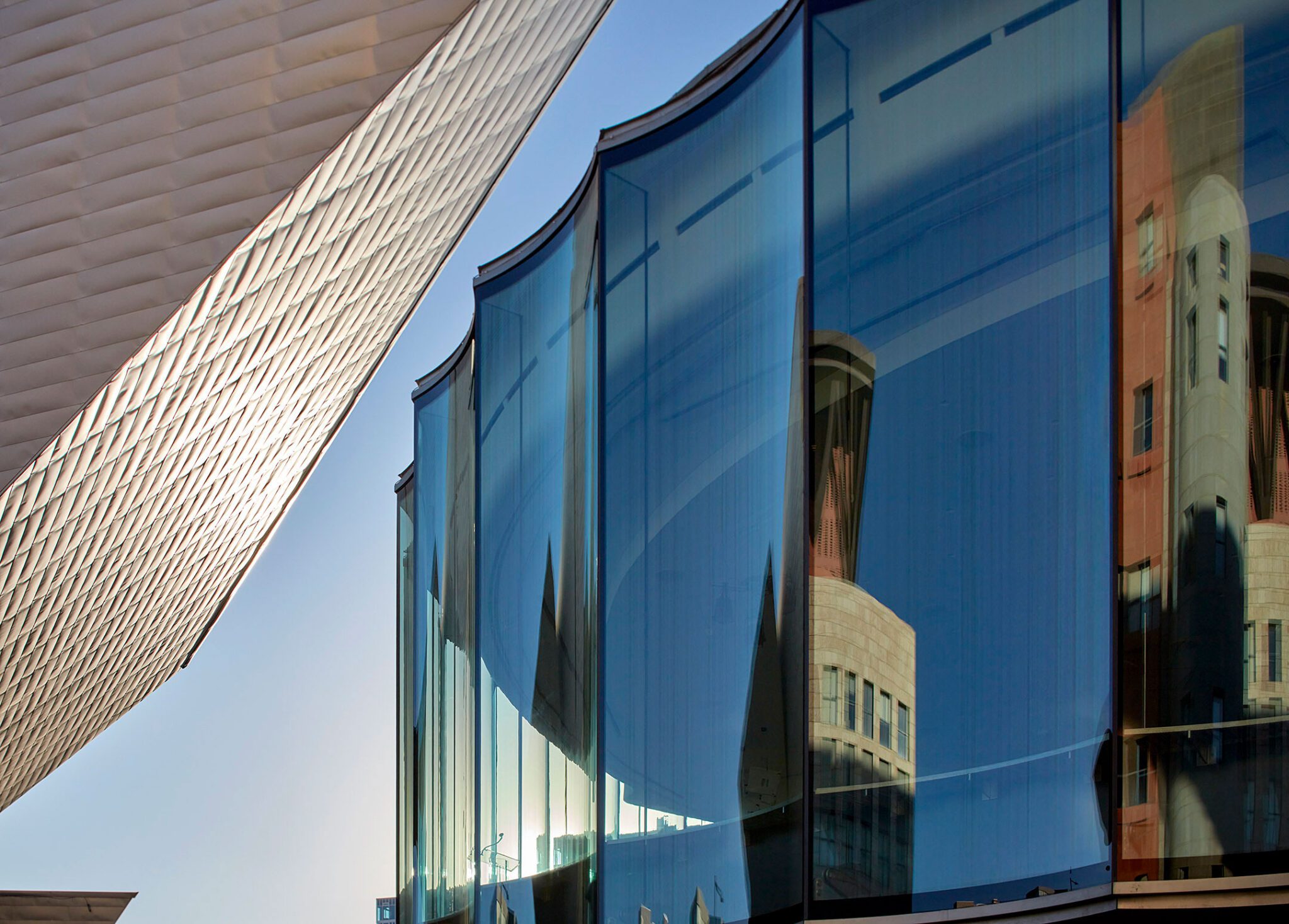Touchstones of Design

Design Philosophy
Fentress Architects was founded in 1980 to pursue a vision: the creation of exceptional, humanistic, regional-contextual architecture. Our steadfast commitment to this vision continues to yield an award-winning portfolio of enduring works, which have also advanced the practice of architecture.
The unique and crafted approach we take to achieve this vision is distilled in our eight Touchstones of Design, which are comprised of:
- four humanistic ideas that have guided us from the start, and
- four design strategies that prioritize the user.
Discover the Natural Order
Many buildings with complex programs become a maze by fulfilling all the needs called for to make it functional.
The challenge for the architect of large-scale, complex projects is to make it easy for users to find their way around.
One must do this by discovering the natural order of the elements and organizing them in a simple manner.
Celebrate the Entry
To function well, a building must be easy to read, both outside and inside.
Users must know at a glance where to enter and once inside they should be directed with a minimum of graphics.
There should be a moment when the user walks in and, in a way, is greeted by the building.
Use Context to Create Identity
An architect can learn from a public building’s context how to express its purpose.
One may be inspired by landforms, use natural materials from the region, or match the colors and textures of the environs. But one must also keep foremost in mind the purpose of the building, the function it serves, its identity.
Let Culture Guide Design
Culture can direct the architect, whether it’s the culture of an entire country, a region or a corporate culture.
Inspiration may come from lead cultural markers, symbolic materials, historic context.
Listen Closely
For the architect, creating architecture is not a tidy package or a simple task and it is seldom an easy process.
Respect grows from listening closely—balancing aesthetics and utilitarian concerns with program, stakeholder input and one’s own inspiration.
Stay Focused
The architectural process can be long, protracted, bureaucratic, complex and vulnerable to political upheaval.
The architect should remain open to all communication while cultivating an understanding that the architectural process can be intense.
Restrain the Ego
A building’s presence should speak.
It should make a statement, but not a statement that overpowers the building’s purpose, its operation, its landscape, its culture, or the users who come to it.
A building’s statement should emerge from those very elements.
Design for People
A passion for designing to region and context has figured significantly in our work, but the true importance of this approach lies in the higher ideal it serves: humanism.
When designed well, the built environment reinforces and enhances the experience of community with architecture that is environmentally responsible, healthy, equitable and resilient.